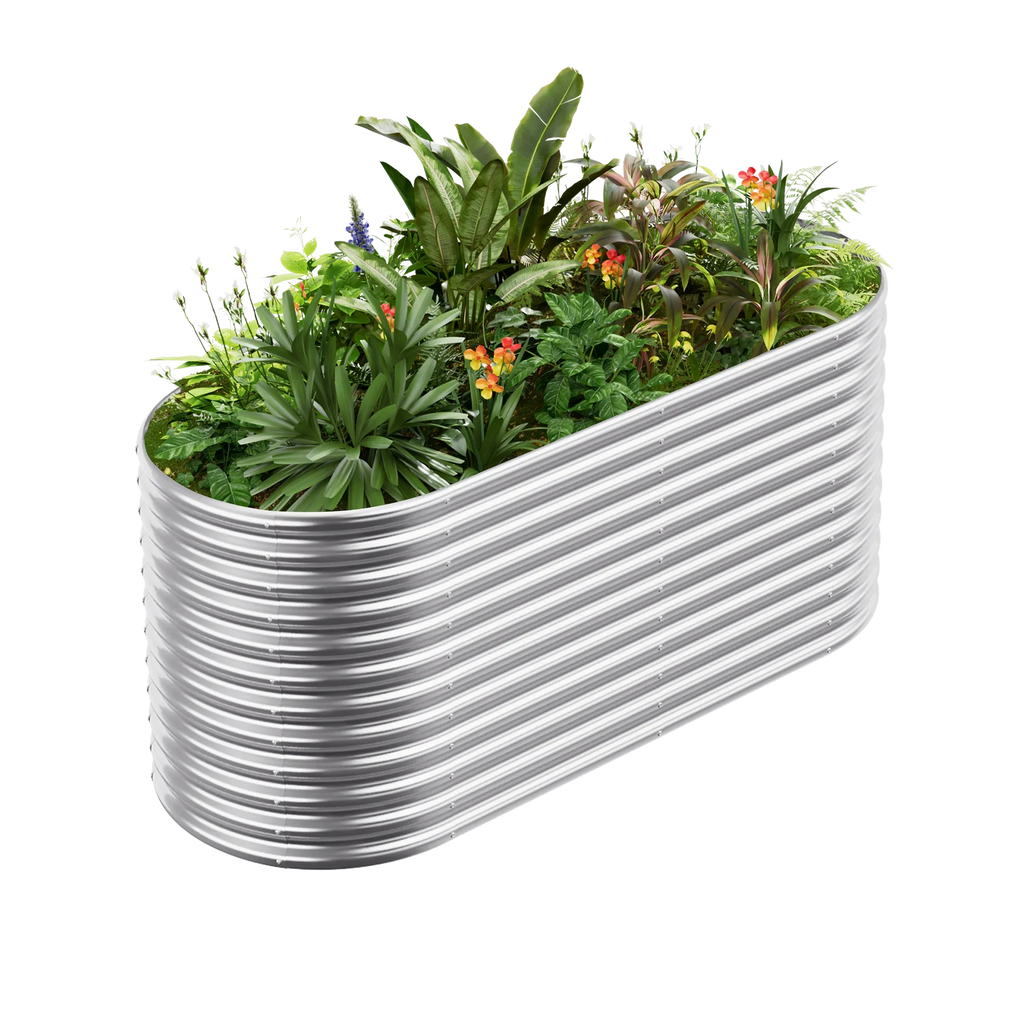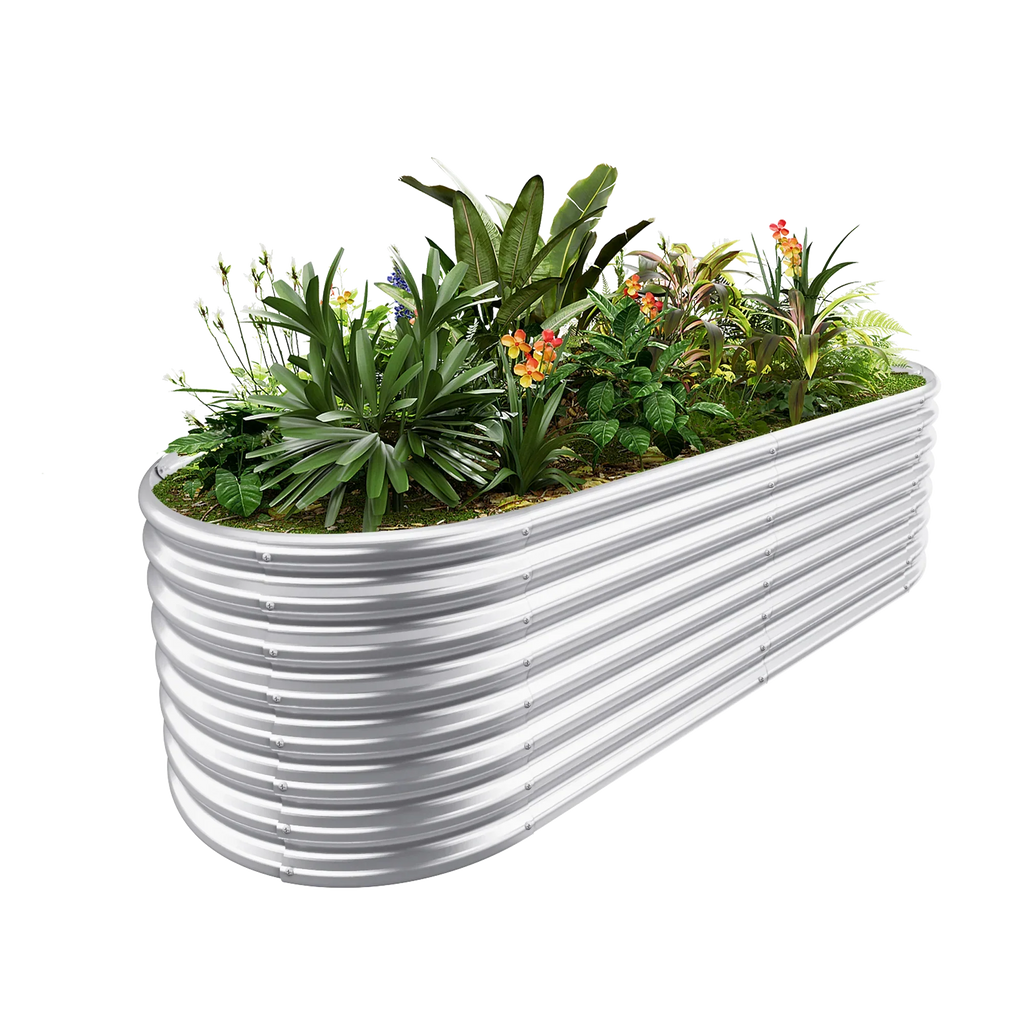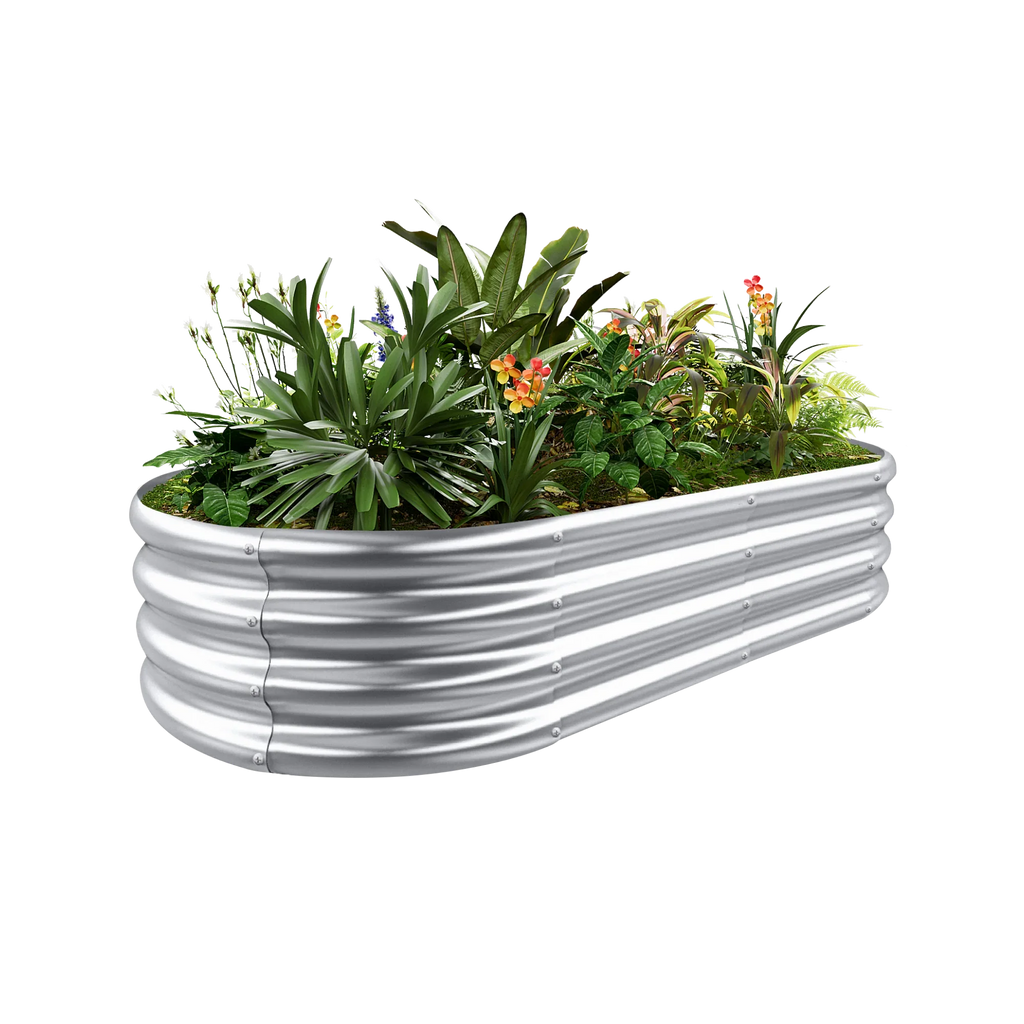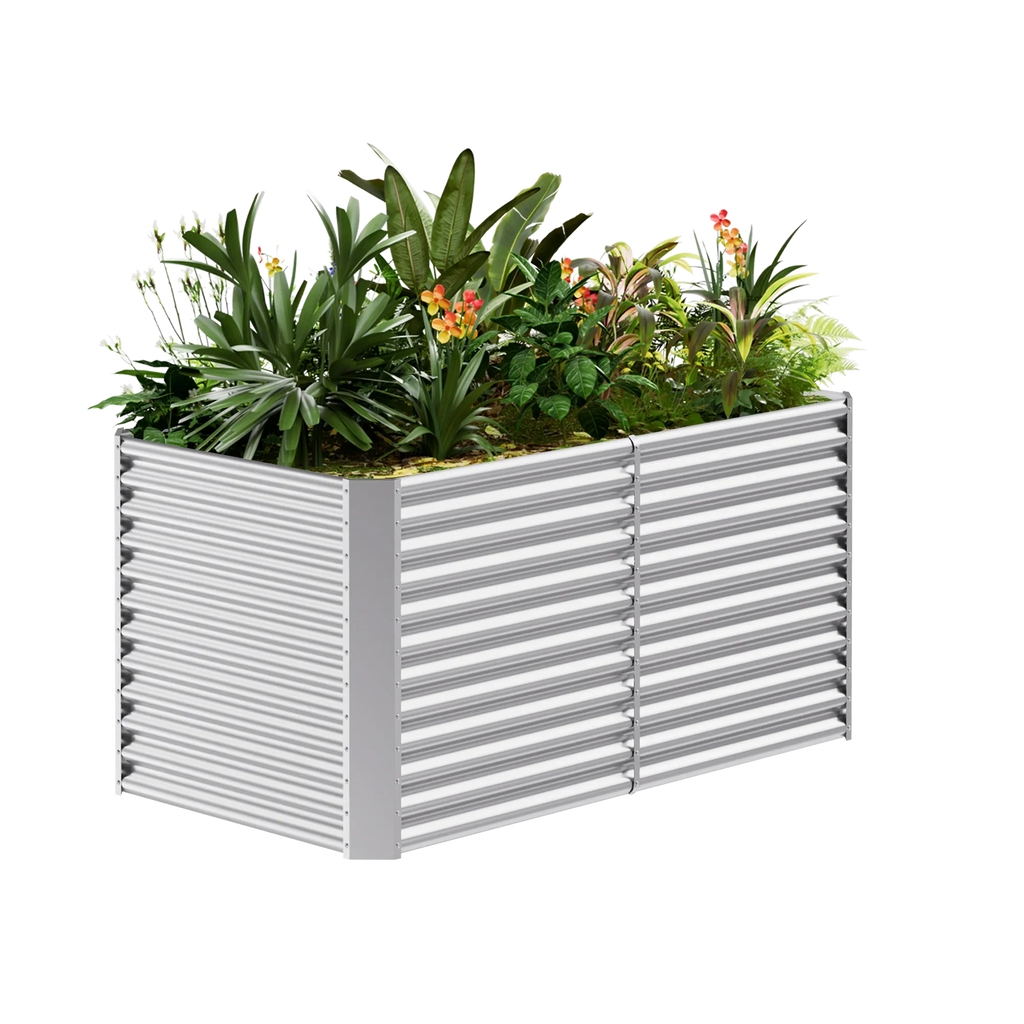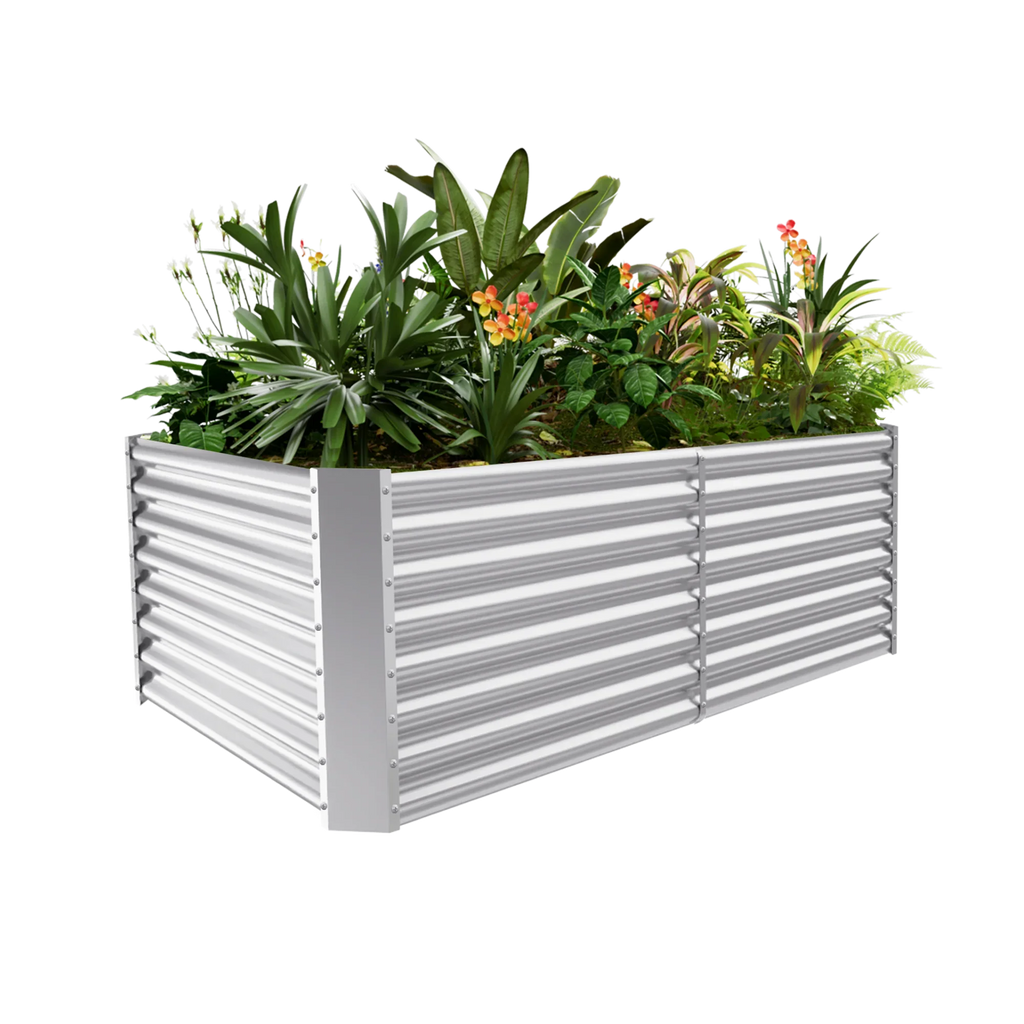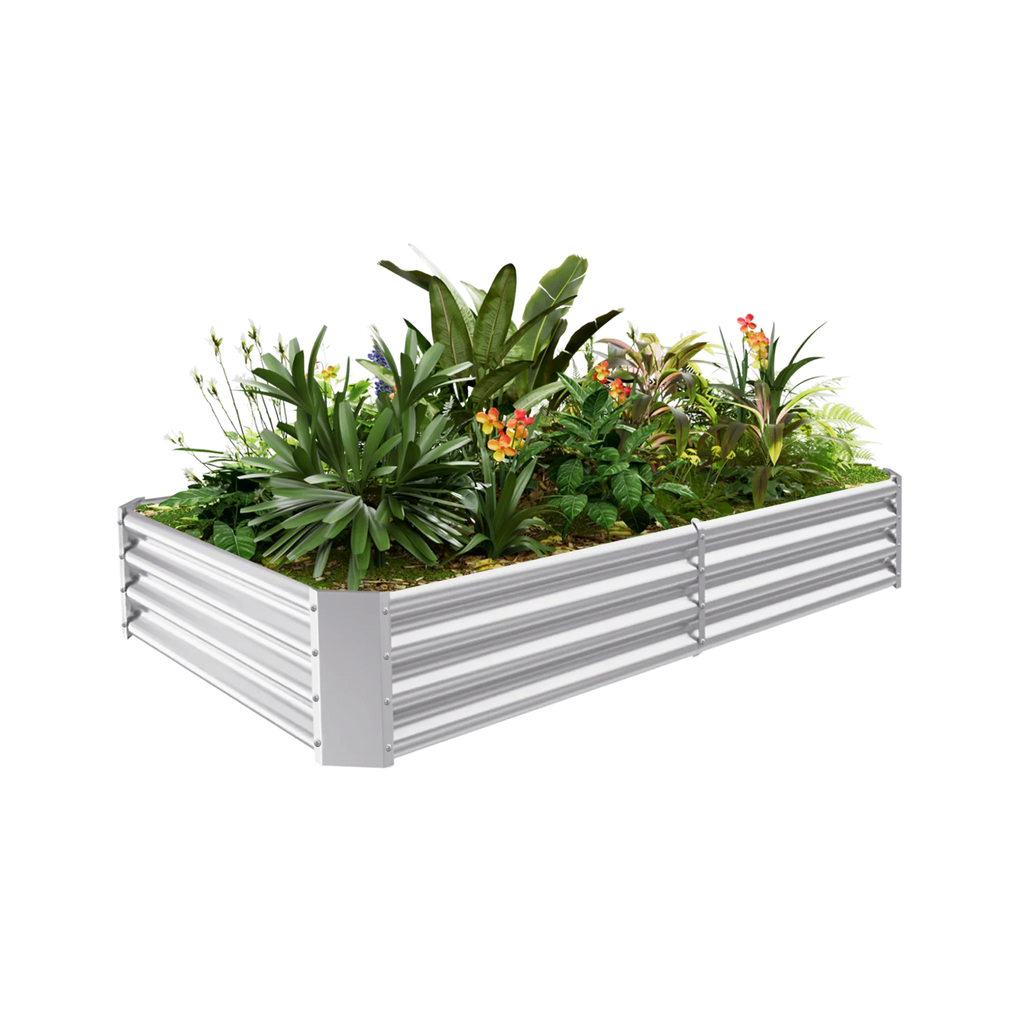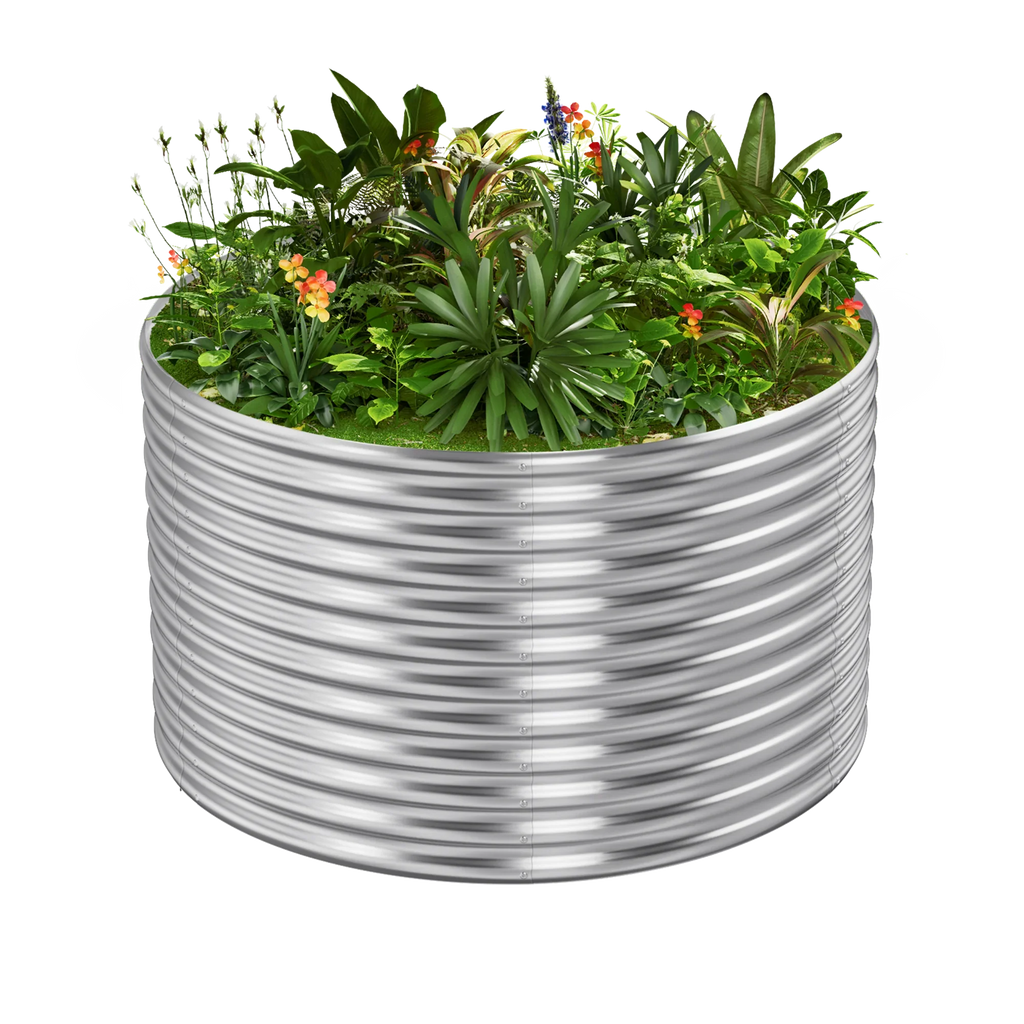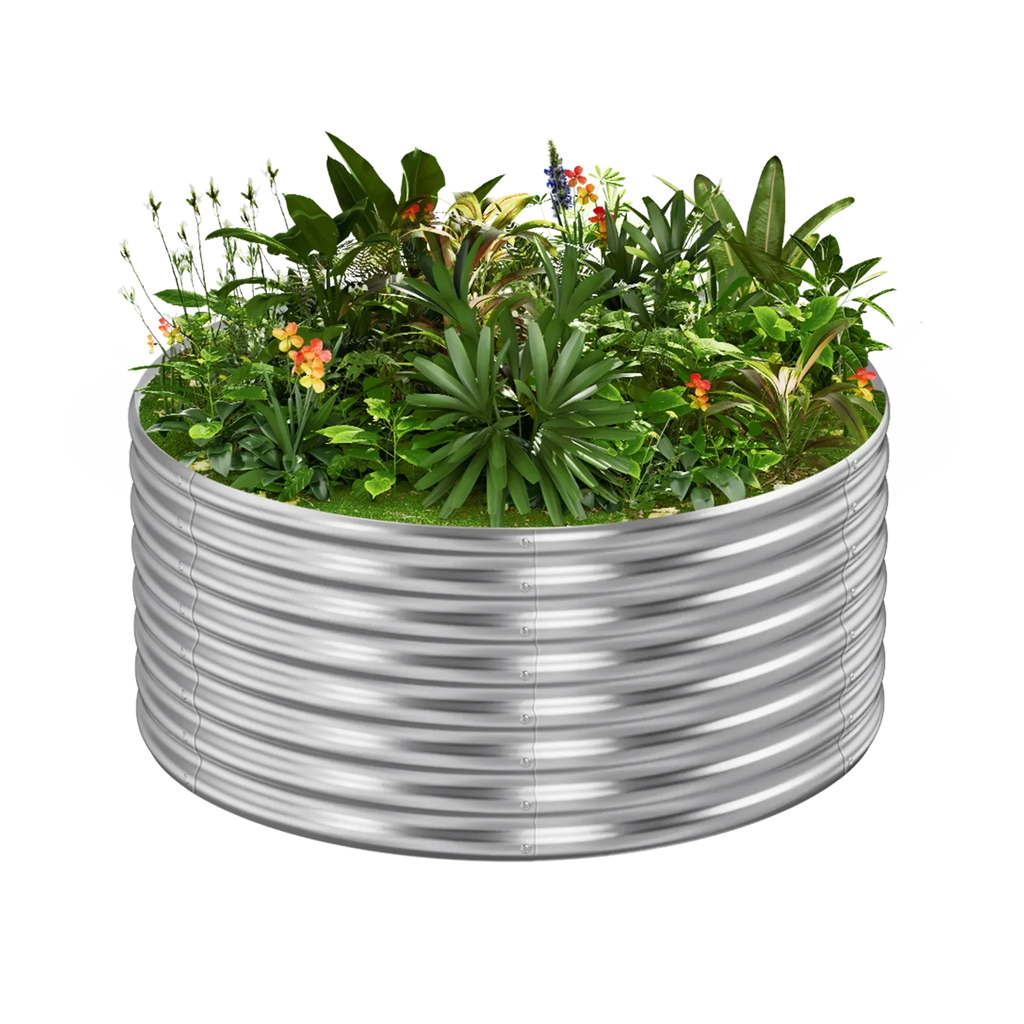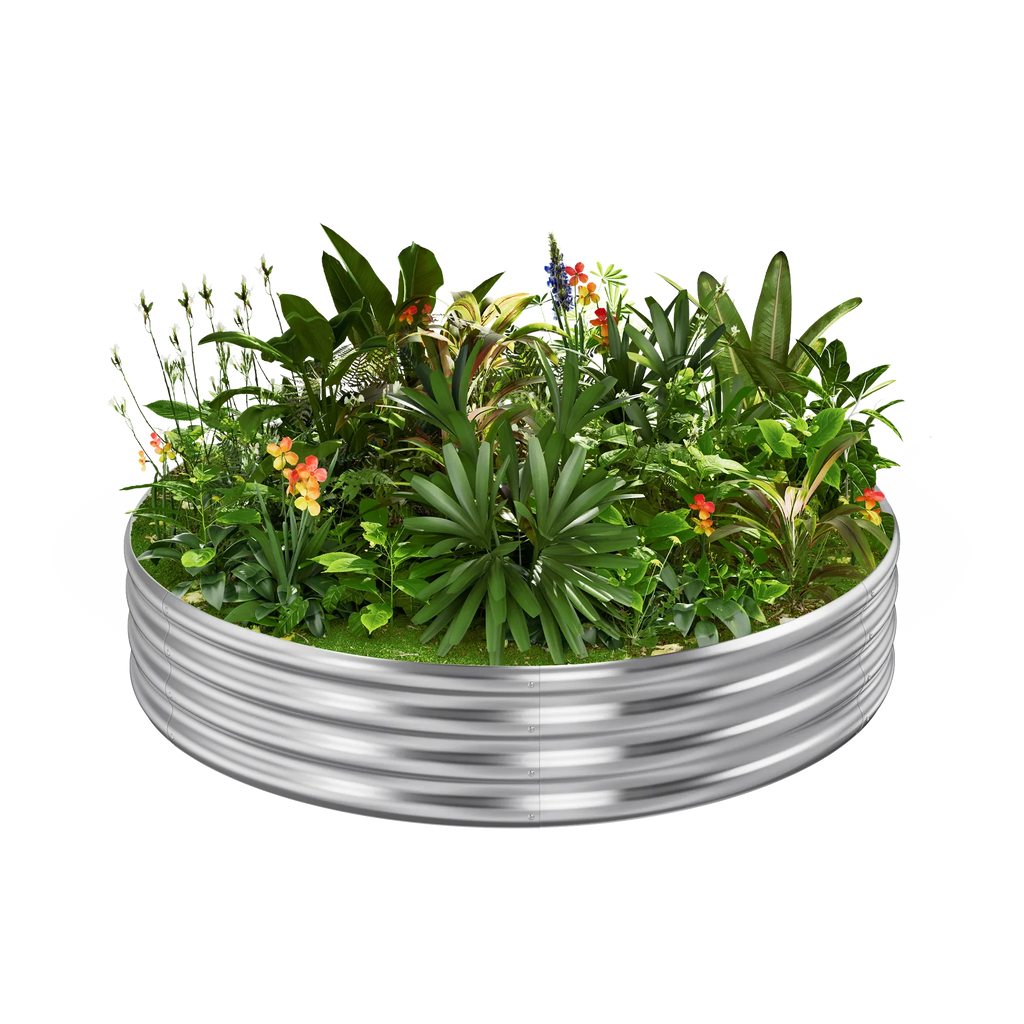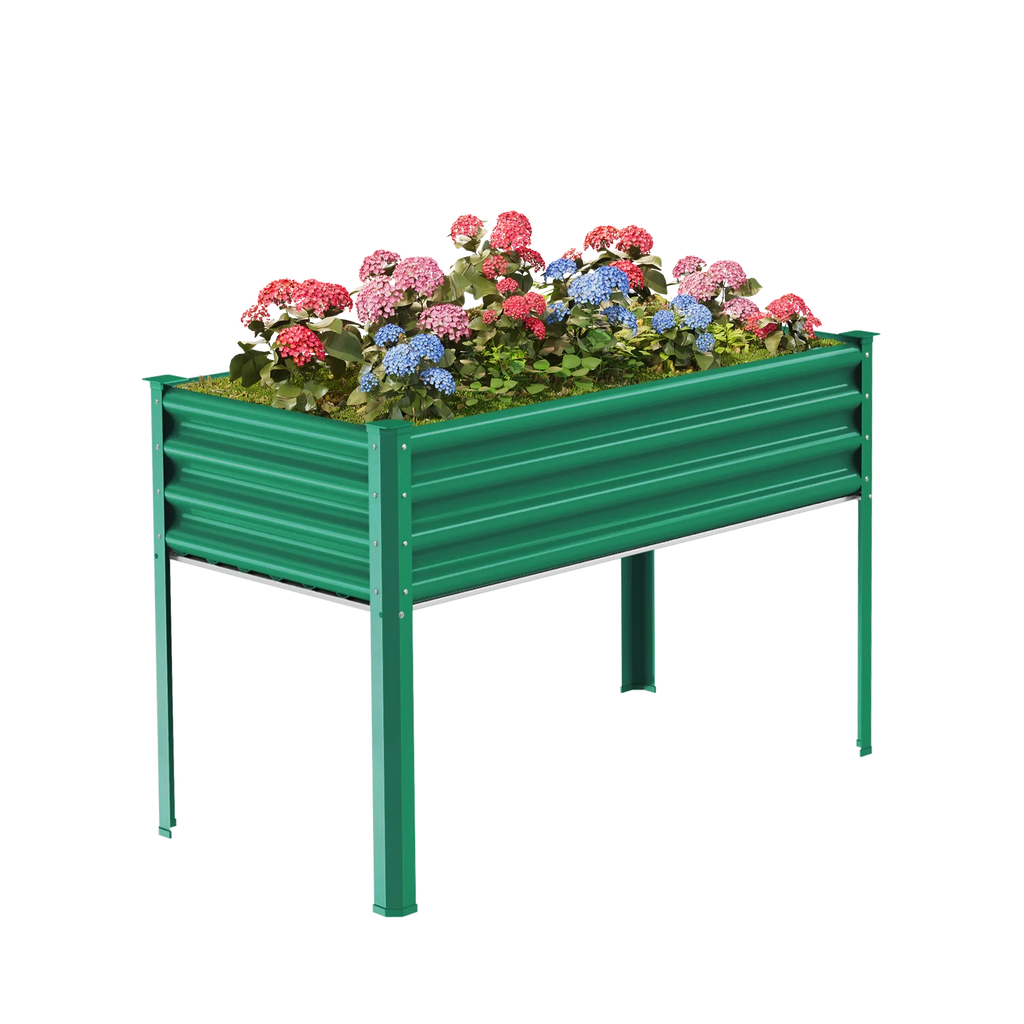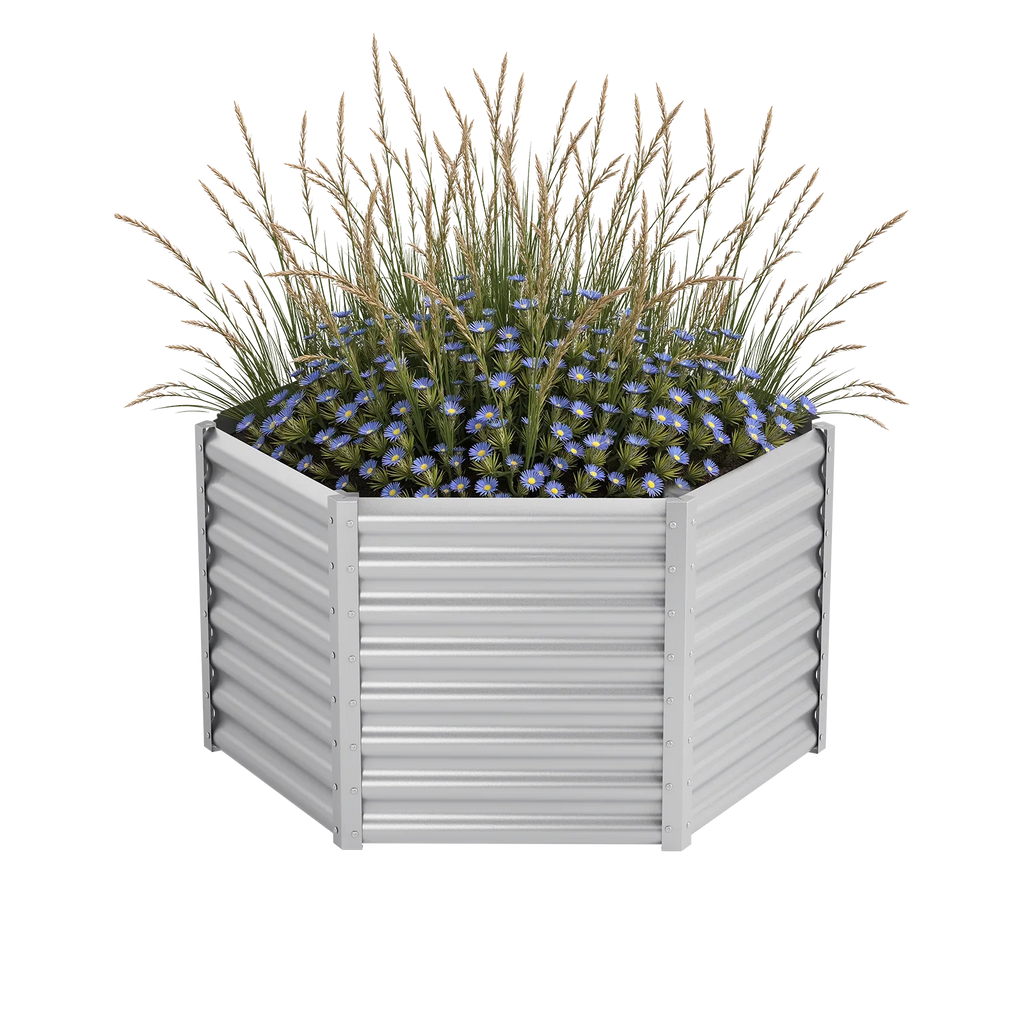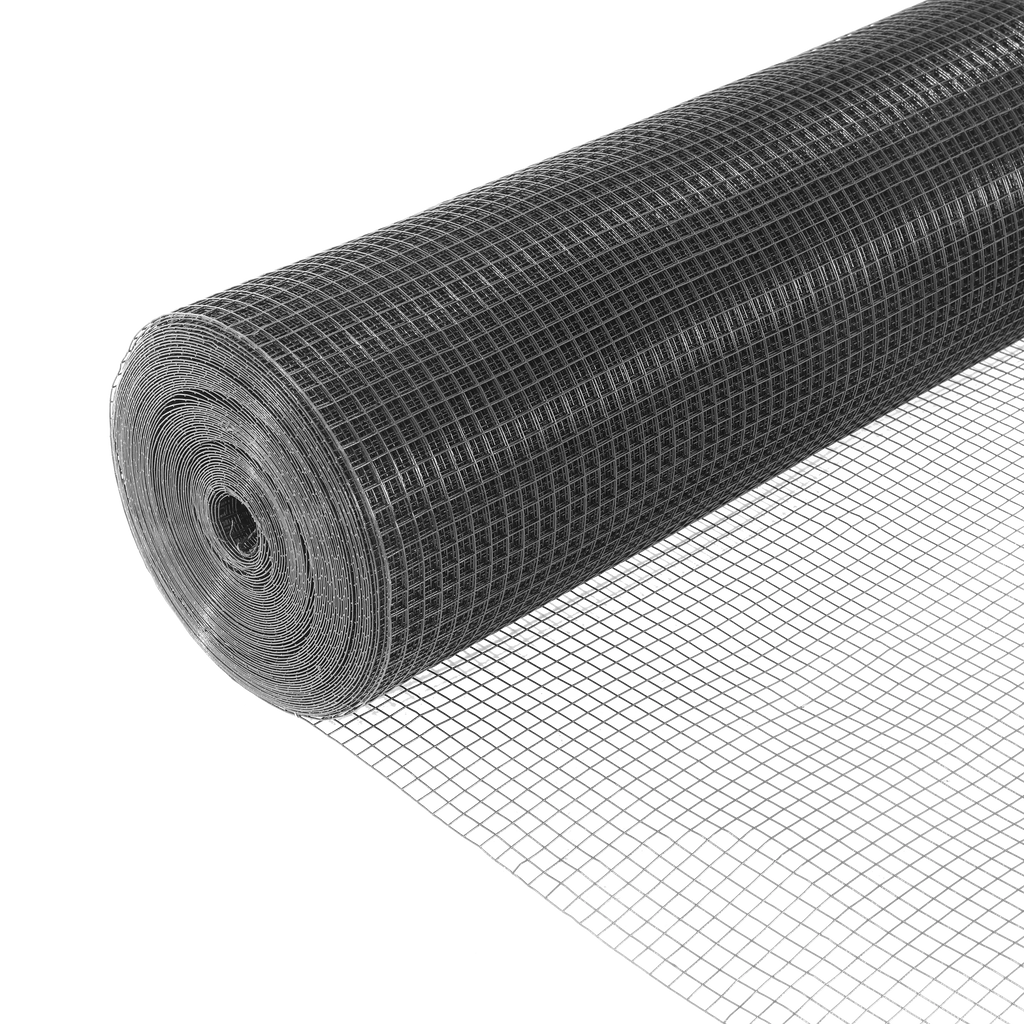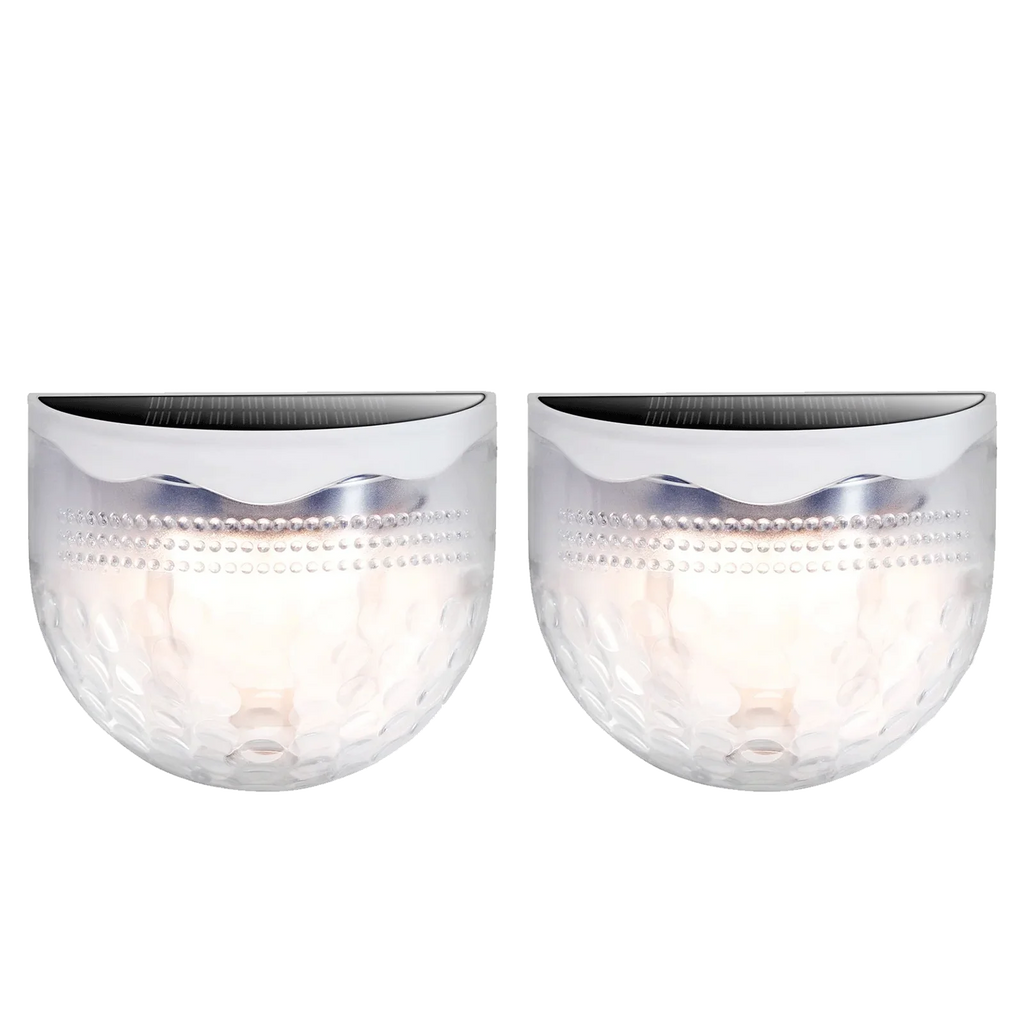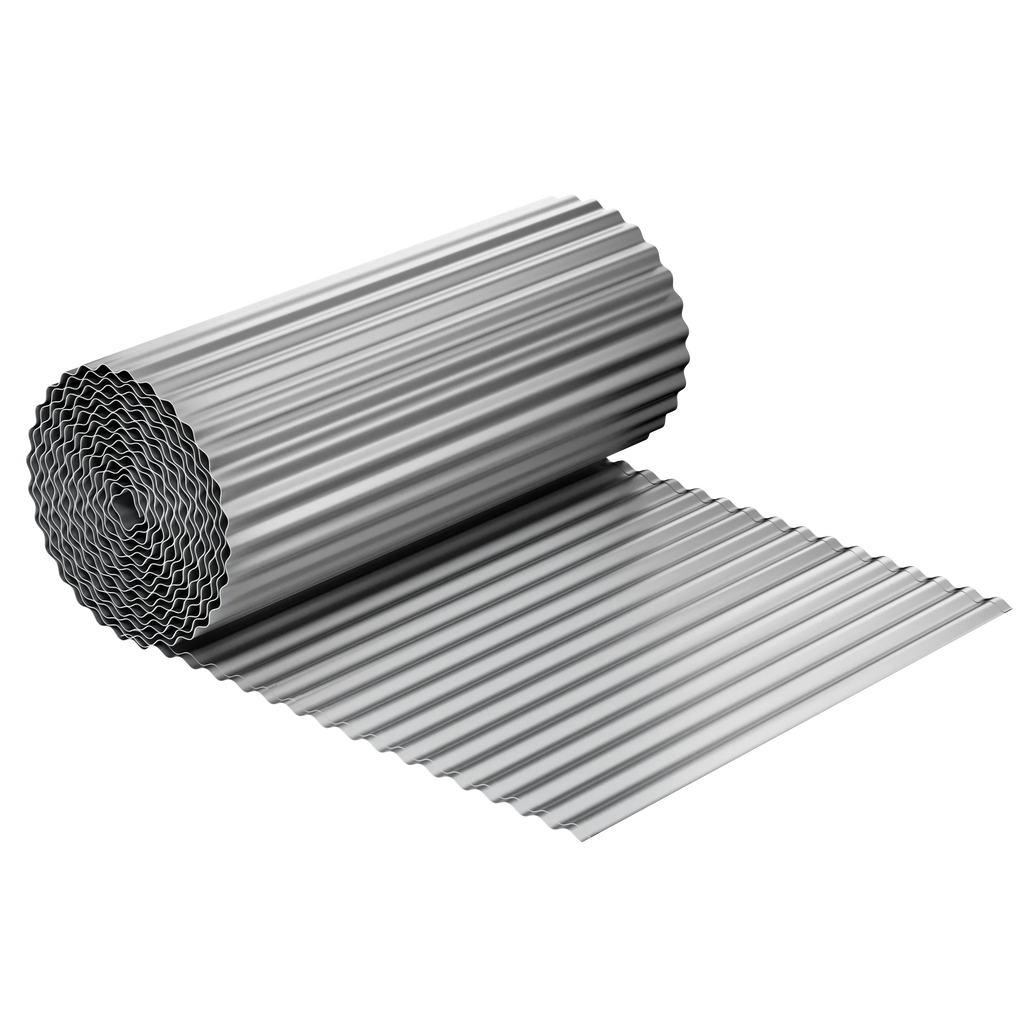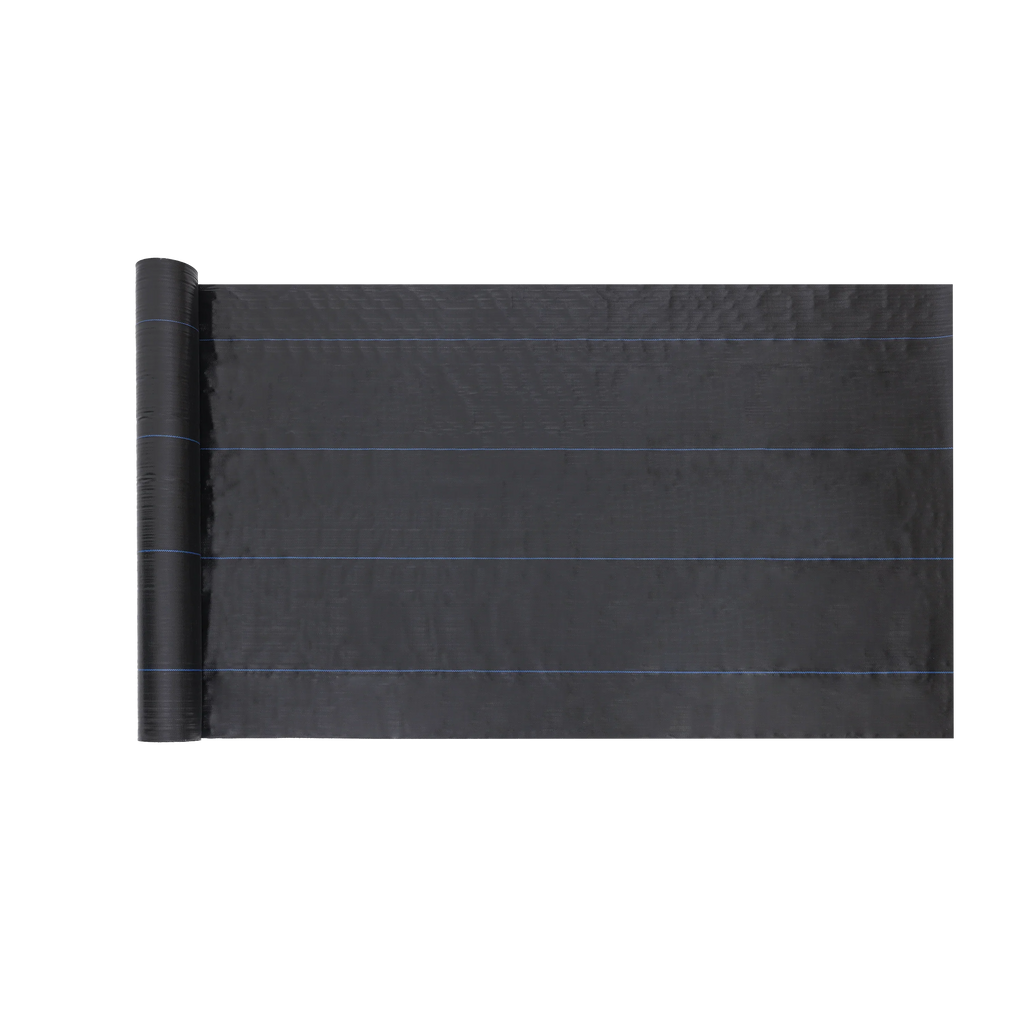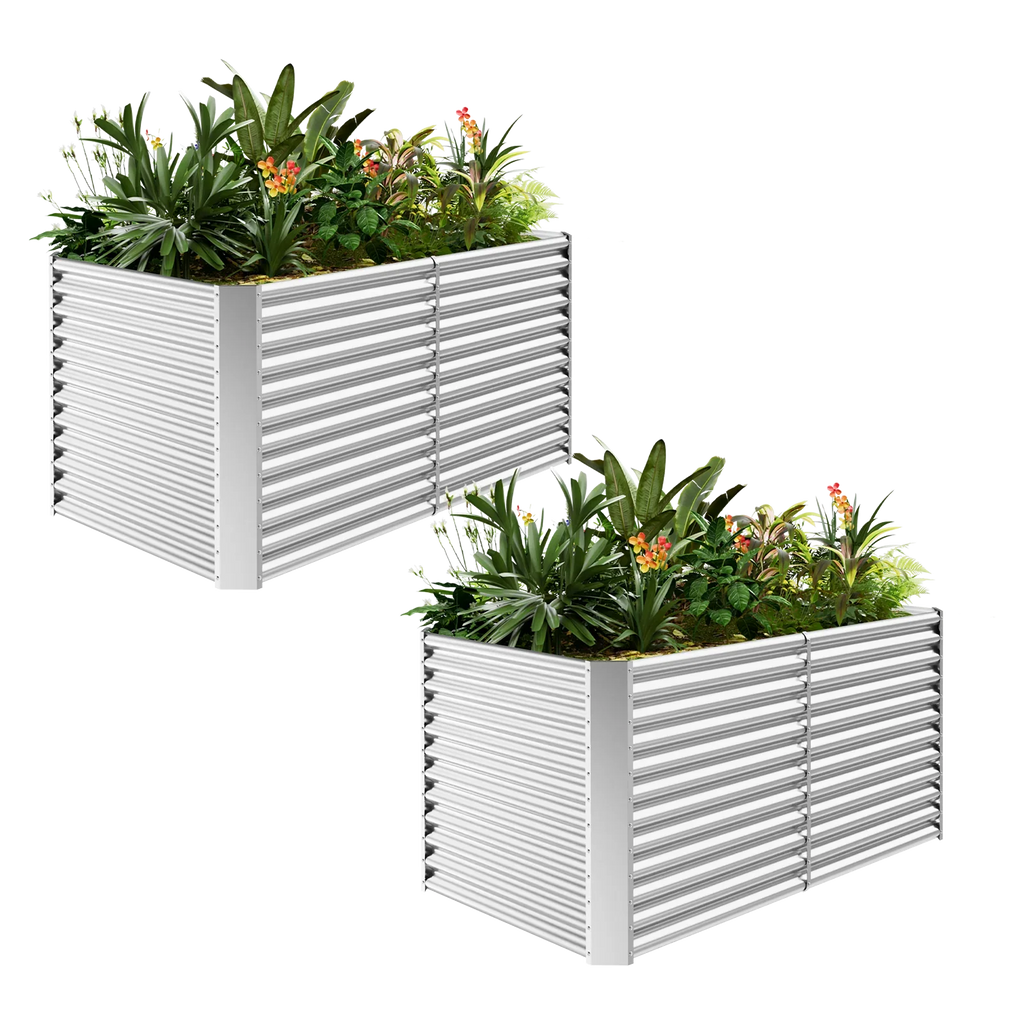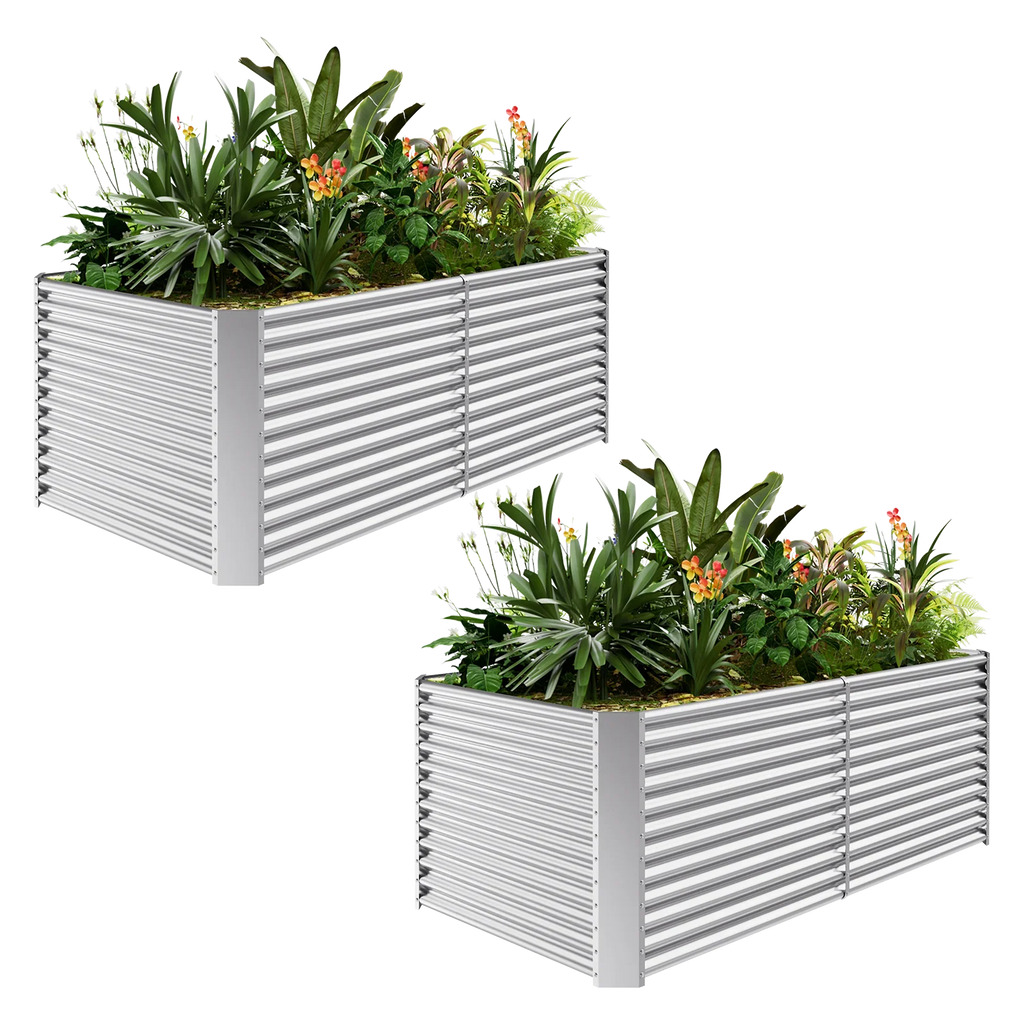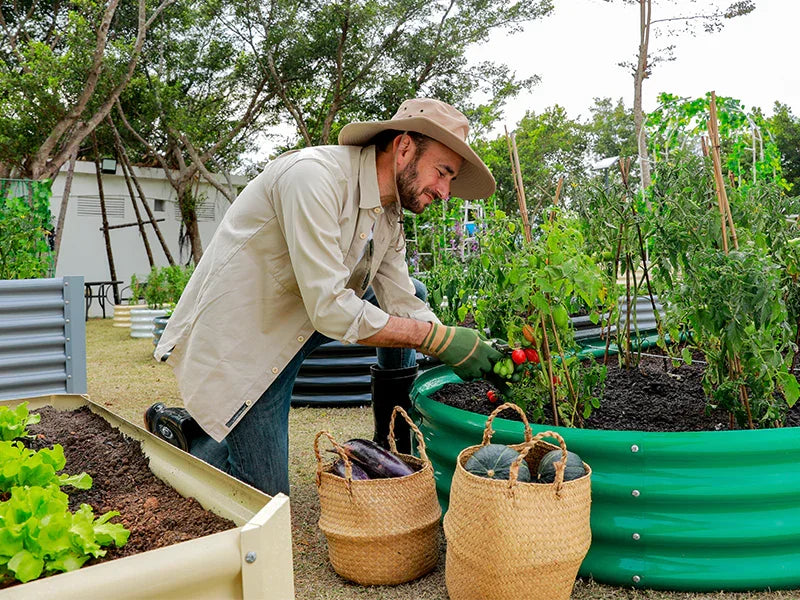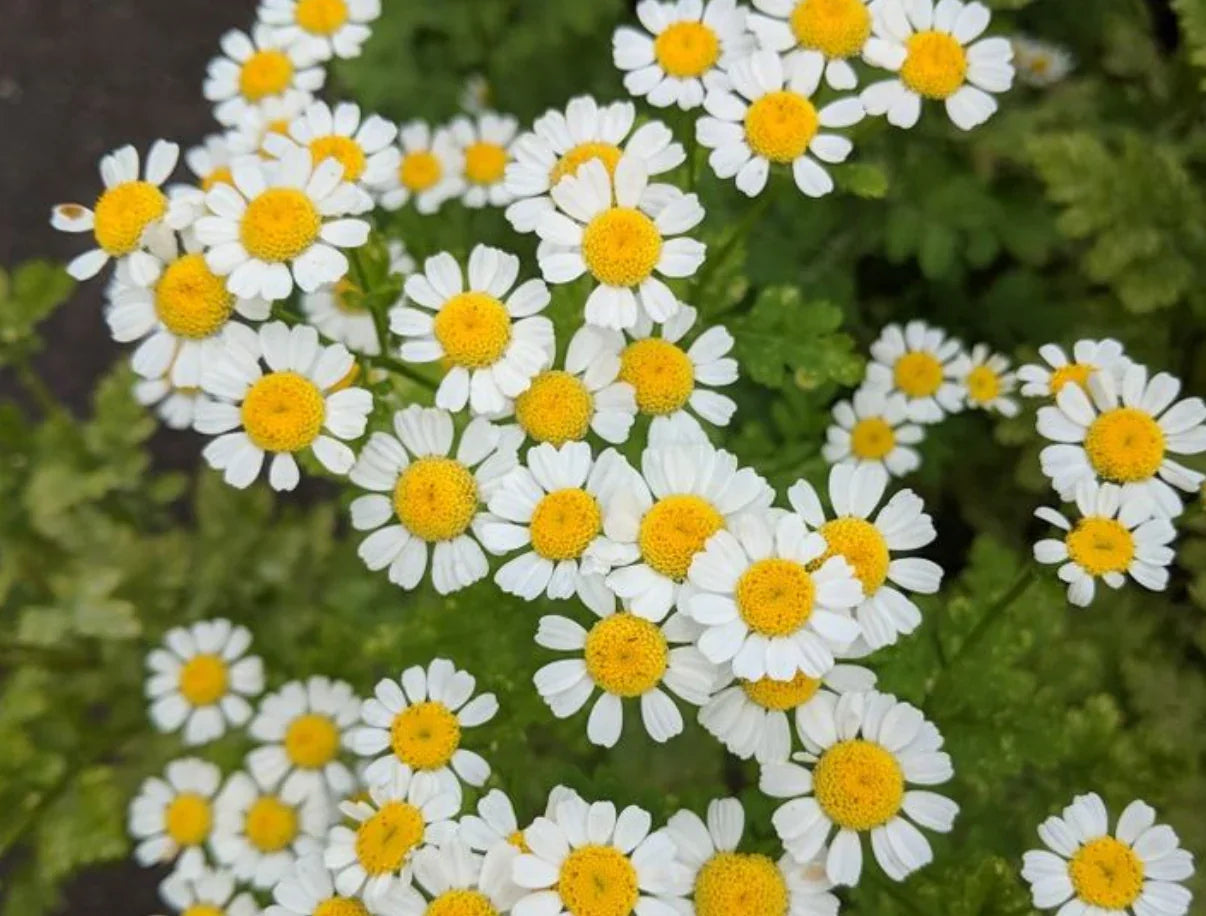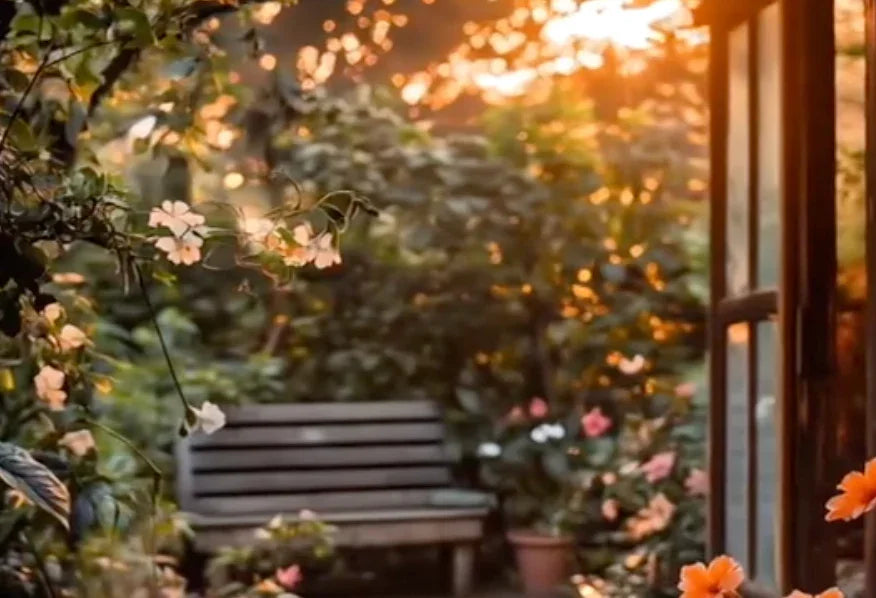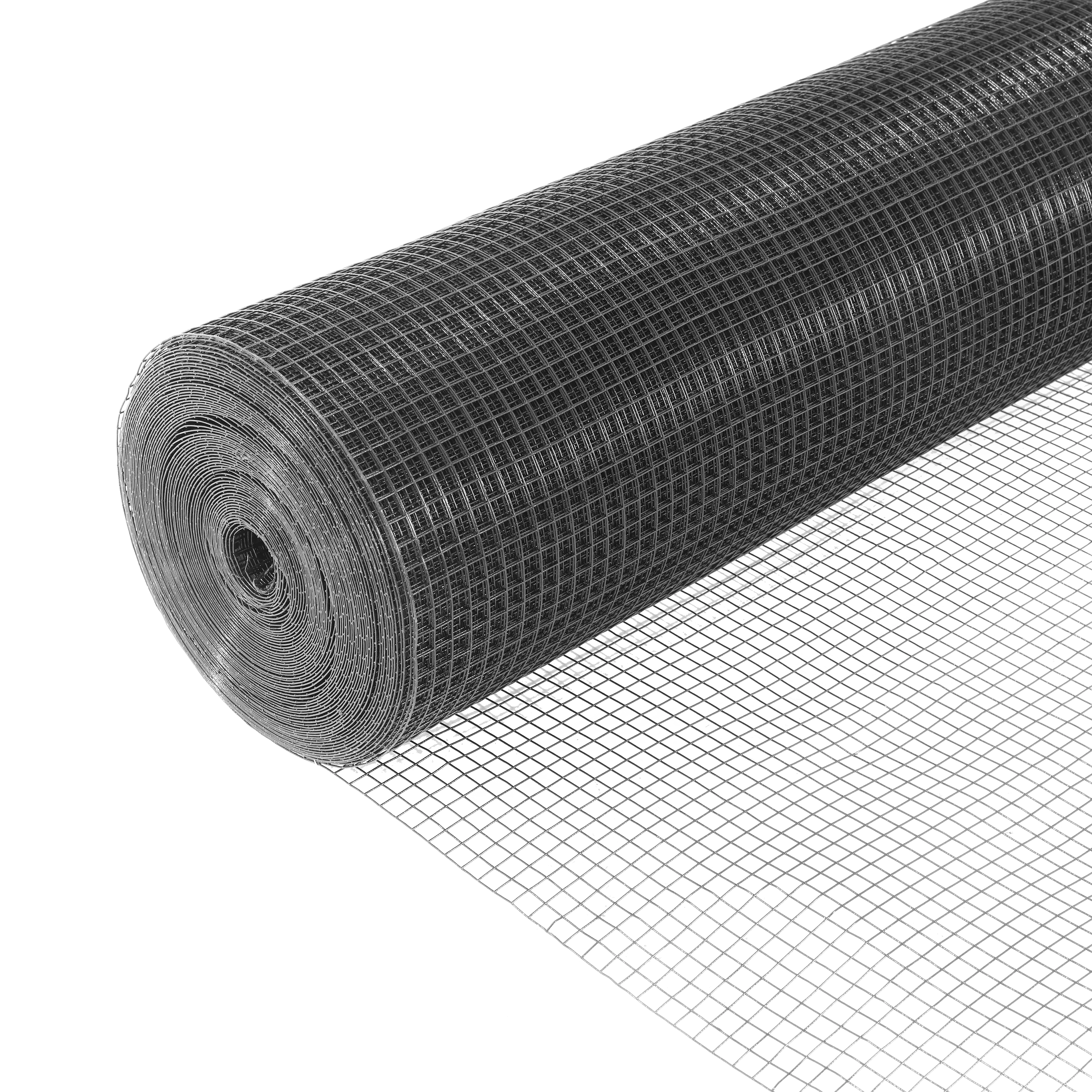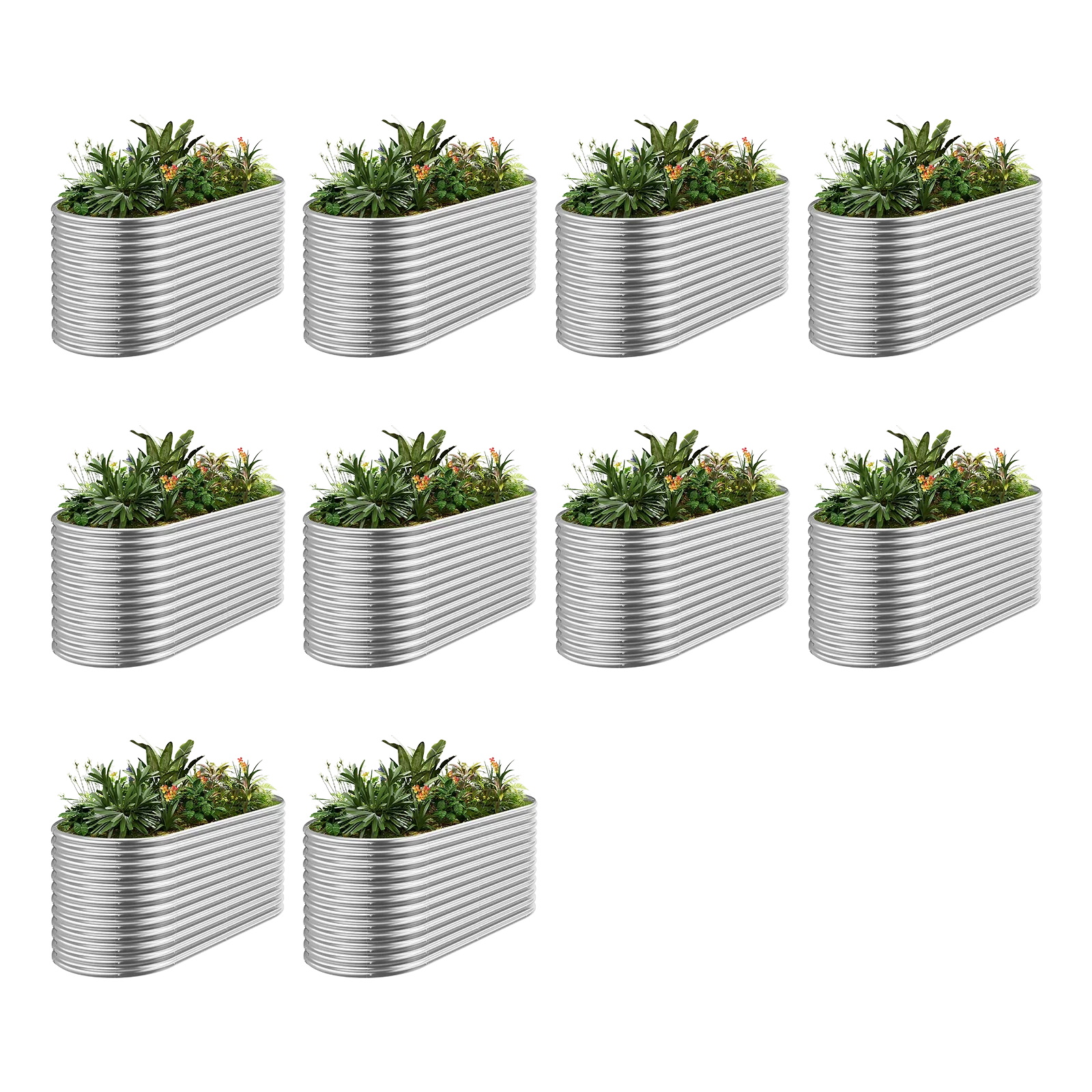Yellow flowers bring sunshine and cheer to any garden, instantly brightening up outdoor spaces with their vibrant hues. For U.S. gardeners, growing yellow flowers in raised garden beds is a fantastic way to ensure healthy blooms, easy maintenance, and stunning displays. Whether you’re in the humid South or the cooler Northeast, these flowers thrive across diverse climates. In this guide, we’ll share the best yellow flowers to grow, tips for success, and why our raised garden beds are the perfect choice for your garden.
Why Choose Yellow Flowers?
Yellow flowers are a timeless addition to any landscape. They symbolize joy, optimism, and warmth, making them ideal for creating inviting gardens. Their bright color attracts pollinators like bees and butterflies, supporting local ecosystems. When grown in raised garden beds, yellow flowers benefit from better drainage, customizable soil, and protection from pests, ensuring vibrant blooms all season long. Let’s explore the top yellow flowers to grow in your garden!
Top Yellow Flowers for Your Garden
Here are eight stunning yellow flowers that thrive in raised garden beds, perfect for U.S. gardeners:
1. Sunflowers (Helianthus annuus)
Sunflowers are the ultimate yellow flower, with massive, cheerful blooms that follow the sun. Ranging from dwarf varieties to towering giants, they love full sun and well-drained soil. Plant them in raised beds to support their deep roots and prevent waterlogging.
Pro Tip: Choose ‘Teddy Bear’ for compact spaces or ‘Mammoth’ for dramatic height.
2. Marigolds (Tagetes spp.)
Marigolds offer bright yellow and gold blooms that repel pests like nematodes, making them great companion plants. These annuals thrive in sunny, warm conditions and grow beautifully in raised beds with loose soil.
Pro Tip: Deadhead spent flowers to encourage continuous blooming.
3. Black-Eyed Susan (Rudbeckia hirta)
With golden petals and dark centers, Black-Eyed Susans are hardy perennials that bloom from summer to fall. They tolerate drought and poor soil, but raised beds enhance their vigor with rich compost.
Pro Tip: Pair with purple coneflowers for a striking contrast.
4. Coreopsis (Coreopsis spp.)
Known as tickseed, Coreopsis produces delicate yellow flowers that attract butterflies. These perennials are low-maintenance and thrive in full sun, making them ideal for raised garden beds in hot climates.
Pro Tip: Divide clumps every few years to keep plants healthy.
5. Yarrow (Achillea millefolium)
Yarrow’s fern-like foliage and flat clusters of yellow flowers add texture to gardens. It’s drought-tolerant and loves well-drained soil, perfect for raised beds in arid regions like the Southwest.
Pro Tip: Cut back after blooming for a second flush of flowers.
6. Zinnias (Zinnia elegans)
Zinnias are vibrant annuals with yellow varieties that bloom profusely in summer. They love heat and sun, growing strong in raised beds with good airflow to prevent mildew.
Pro Tip: Plant ‘Canary Bird’ for pure yellow blooms that pop.
7. Daffodils (Narcissus spp.)
Daffodils herald spring with their iconic yellow trumpets. These bulbs thrive in raised beds, where their roots stay dry after blooming. They’re deer-resistant and perfect for colder U.S. climates.
Pro Tip: Plant bulbs in fall, 6 inches deep, for early spring color.
8. Daylilies (Hemerocallis spp.)
Daylilies offer yellow blooms that last a single day but keep coming all summer. They’re tough, adaptable, and grow well in raised beds with moist, well-drained soil.
Pro Tip: Choose ‘Stella de Oro’ for compact, reblooming beauty.
Growing Yellow Flowers in Raised Garden Beds
Raised garden beds are a gardener’s best friend for growing yellow flowers. They provide control over soil quality, improve drainage, and make maintenance easier. Here’s how to grow these flowers successfully:
· Choose a Sturdy Garden Bed: Select a raised bed made from cedar, redwood, or composite materials to withstand U.S. weather. Our garden beds are durable and stylish, ideal for showcasing yellow blooms. Aim for a depth of 12–18 inches for deep-rooted plants like sunflowers.
· Prepare the Soil: Most yellow flowers prefer well-draining soil with a pH of 6.0–7.0. Mix compost and organic matter into your garden bed for nutrient-rich soil.
· Planting: Sow seeds or plant bulbs at the right time—spring for annuals like marigolds, fall for bulbs like daffodils. Space plants according to their mature size to avoid crowding.
· Sunlight: Position your garden bed in full sun (6–8 hours daily) for most yellow flowers, though daylilies tolerate partial shade.
· Watering: Water regularly but avoid overwatering. Raised beds help prevent soggy soil, keeping roots healthy.
· Fertilizing: Apply a balanced fertilizer (e.g., 10-10-10) in spring to boost growth. Avoid over-fertilizing to prevent leggy plants.
· Maintenance: Deadhead faded blooms, prune leggy growth, and remove weeds to keep your garden bed tidy.
Designing Your Yellow Flower Garden
Yellow flowers are versatile for creating eye-catching designs in raised garden beds:
· Mix Heights: Place tall sunflowers at the back, medium-height Black-Eyed Susans in the middle, and low-growing marigolds at the front.
· Add Contrast: Pair yellow blooms with purple salvia or blue lavender for a vibrant palette.
· Create Borders: Use zinnias or coreopsis to edge your garden bed for a neat, colorful frame.
· Incorporate Accents: Add mulch, stones, or garden stakes to enhance the sunny aesthetic.

